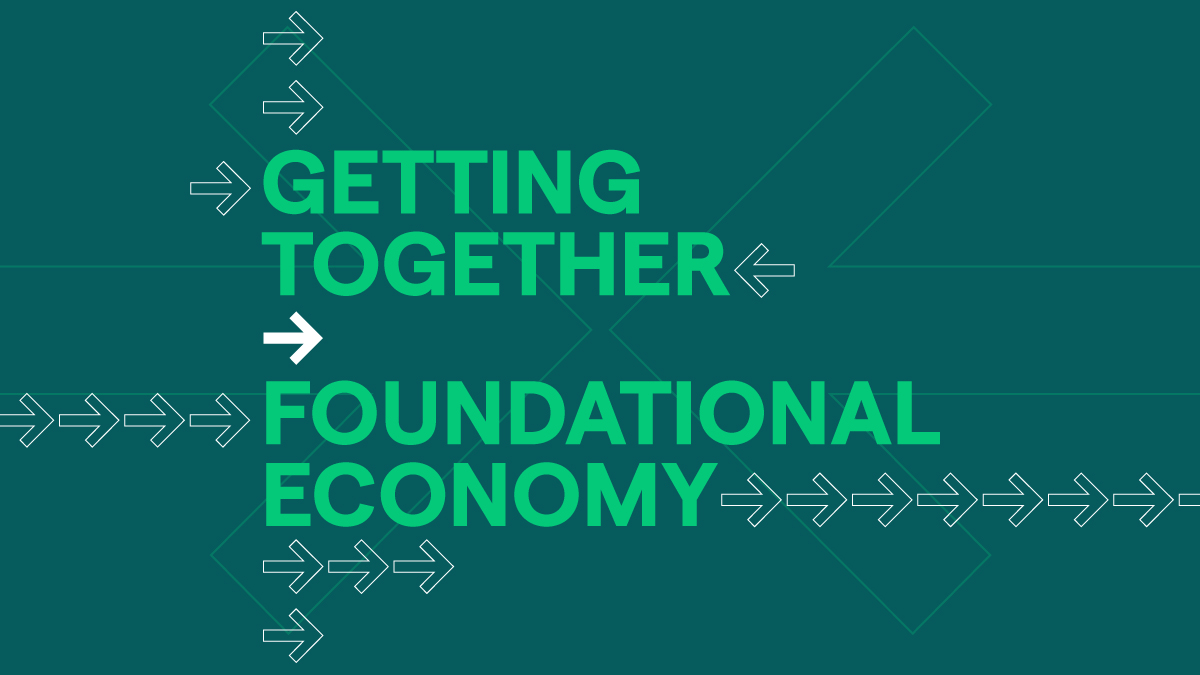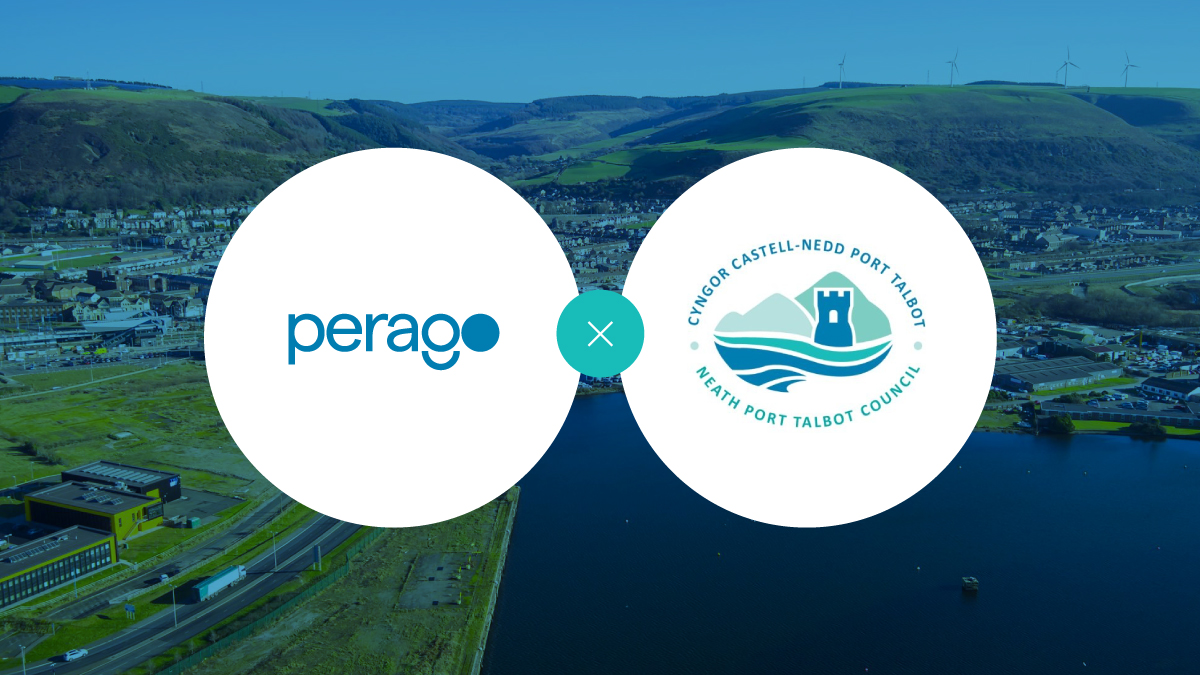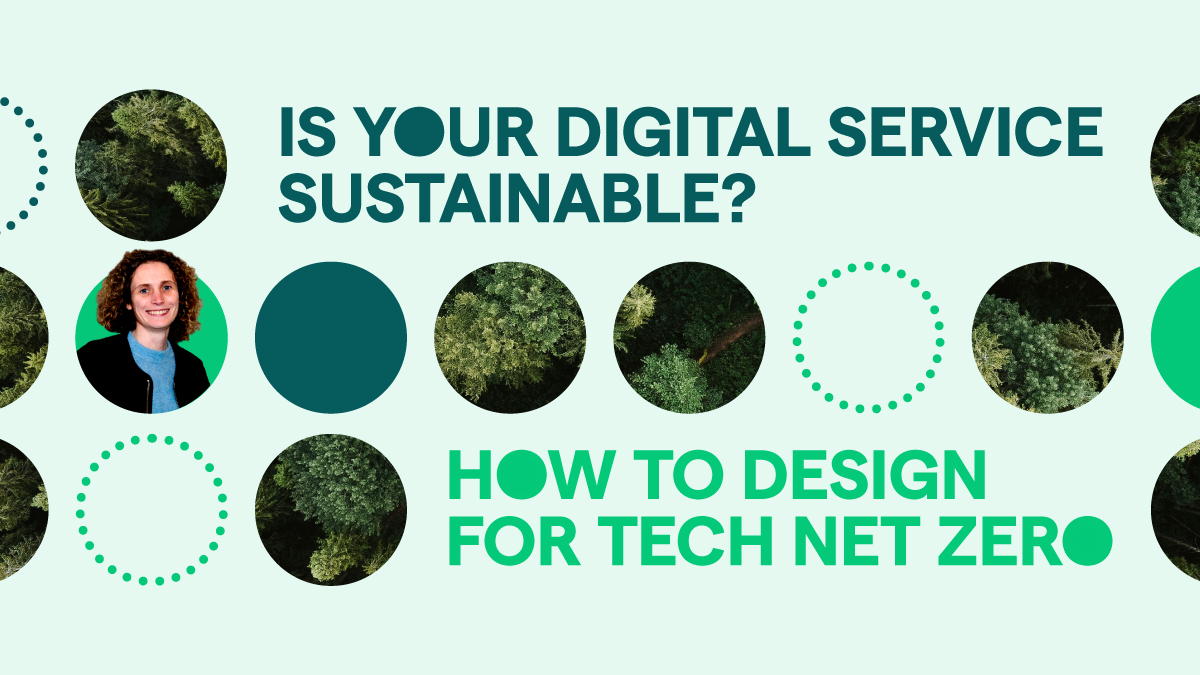The Times They Are a-Changin’
10 min read Written by: Tim Daley
This weekend I spent some time watching and listening to some of the finest musicians and modern day storytellers and it made me think about how relevant their words were to some of the other things I spend my time thinking about, digital and what we now recognise as a technical revolution. The warnings Bob Dylan and Neil Young issued are as prophetic when thinking about taking advantage of the opportunities opened up by the advances in technology as they were about events in the 60’s and 70’s.
When discussing digital, everyone I meet has a slightly different opinion of exactly what it means, but agrees with the fact that whatever they think it is, almost everything is changing and it’s moving fast. They understand the technical concepts and get that they are game changers, yet it still feels like there is a lack of urgency. There are lots of good examples where digital is being used to share data more effectively, to bring down costs, to reduce response times or transaction turnarounds and even to become more predictive than reactive. Yet it mostly feels like edge cases or low hanging fruit, small scale risks that have paid off and it’s still not the norm. I don’t get the sense that a culture of real innovation or experimentation has been bought into. Risk still trumps ambition. But why?
If we accept Tom Loosemore’s widely accepted definition;
Applying the culture, processes, business models & technologies of the internet era to respond to people’s raised expectations’
I think the biggest blockers I’ve encountered to embracing the opportunities can be summarised more easily.
- Most companies or organisations aren’t really sure about the IT they actually have and are less confident about what it actually does! This translates as a lack of confidence in the whole IT landscape, the capabilities of those that run it, the contracts that support it and the vendors they manage. ‘Legacy IT’ terrifies people, a view that incumbent IT suppliers have a vested interest in maintaining. The uncertainty is where they make money, along with the huge change control budgets and massive upgrade projects.
- Many don’t know which services their IT actually supports or at the very least which parts and why they are important. They don’t really know what journeys their customers take as opposed to what internal departments they run or support. Most customer facing services will demand a degree of sharing data or process and therefore collaboration becomes the blocker because of the perception that this is risky or not allowed. This is very rarely based on evidence and backed up by intelligence from actual customer preference.
- Confidence to take on the difficult challenges and not find ways to put it off. Too many times I’ve heard ‘not yet’, ‘it’s not the right time’, ‘we have other cost pressures’, ‘maybe next quarter’, ‘after the next election / reporting cycle [insert corporate excuse]. Many of these of course are important factors but the times they are a-changin’ and disruption of business models, driven by the experiences of a constantly and rapidly changing customer, user or consumer with growing expectations and demands aren’t going to wait for a quiet period on the change schedule!
- Stuff is just hard to do, plain and simple. And, the hard stuff is always shrouded in complexity, project management, interdependencies, procurement, security. The sums of money are always eye watering and the plans go on for years.
- Capability, ‘we don’t have the skills’, ‘we quite like being a fast follower’, ‘the market is tough, we can’t recruit or afford to buy, let’s sit back and see how things shape up’. Yet I bet the IT and change budget and teams are always perceived as massive and disproportionate to ‘operations’. Great faith is always applied to IT supply chain and they can help but need to be managed, led, not followed. Big IT is busy reinventing itself, but behaviours are not really that easy to spot, to borrow from another musical inspiration it feels a lot like ‘…the highway’s jammed with broken heroes on a last chance power drive, everybody’s out on the run tonight but there’s no place left to hide’.
So what can we do?
1. Spend time getting to know your landscape. What do your users or customers really want to do? How do they want to do it? What IT do you have? What state is it in? What do the product roadmaps look like? What vendors support it? What contracts do you have? How long do they last? What data do you use? What capabilities do you have or consume? Knowing all this and more and sharing it across the organisation is not a waste of effort, it’s essential to get to the next steps.
2. Really understand where you want to go. What kind of company do you want to be? What do you want your users, customers, staff to think about you? What matters to you? What is your risk appetite? What must you do and what ethical questions must you answer to fulfil your objectives? What do you have to do, there are usualy laws, rules and regulations? Create clear goals and communicate them.
3. Create a roadmap – before you start to make plans. Put in the big stuff and try and picture what the end looks like. Keep iterating it, it’s a direction of travel and can be evolved as you learn about your journey. Only when you have this can you really start to plan and think about costs or timescales. Without a baseline of the landscape or roadmap to give direction, any plan will simply reinforce the existing perceptions such as constant change control, drifting timescales and ever increasing costs. Embrace a degree of uncertainty at the roadmap or programmatic level, set shorter targets and tolerances at task level. Even the Boss said ‘….I don’t know when, but we’re gonna get to that place where we really wanna go and we’ll walk in the sun..but ‘til then…we’re born to run’
4. Build capability. Based on where you are and your direction of travel and what’s important to you, make some decisions about what capability you need. Decide on what the blend is between your inhouse teams and what you need to source. Ensure that you have the capability to manage and lead whatever you choose to source; partnerships and relationships take a lot of effort to get right and it’s not all based on lengthy negotiated contract terms, build in the ability to flex and change often e.g. shorter contracts. Create an environment for change, build teams, diverse and agile teams that are given permission, room to develop and challenge existing thinking as well as an understanding of the constraints and boundaries they have to work within. Tolerate mistakes by making learning part of the experience, not a form to be filled in or an annual reporting exercise.
5. Get on and deliver …it’s the only way to learn, to build confidence and capability and to find out if your going in the right direction. Iterate constantly and always test your results with real users and customers. They’ll give you all challenge and motivation you need.
If you’re still not convinced, remember you can always wait and see what digital is all about and how it will affect you, but to give the great man the last word ‘….keep your eyes wide, the chance won’t come again, for the times they are a-changin’.





